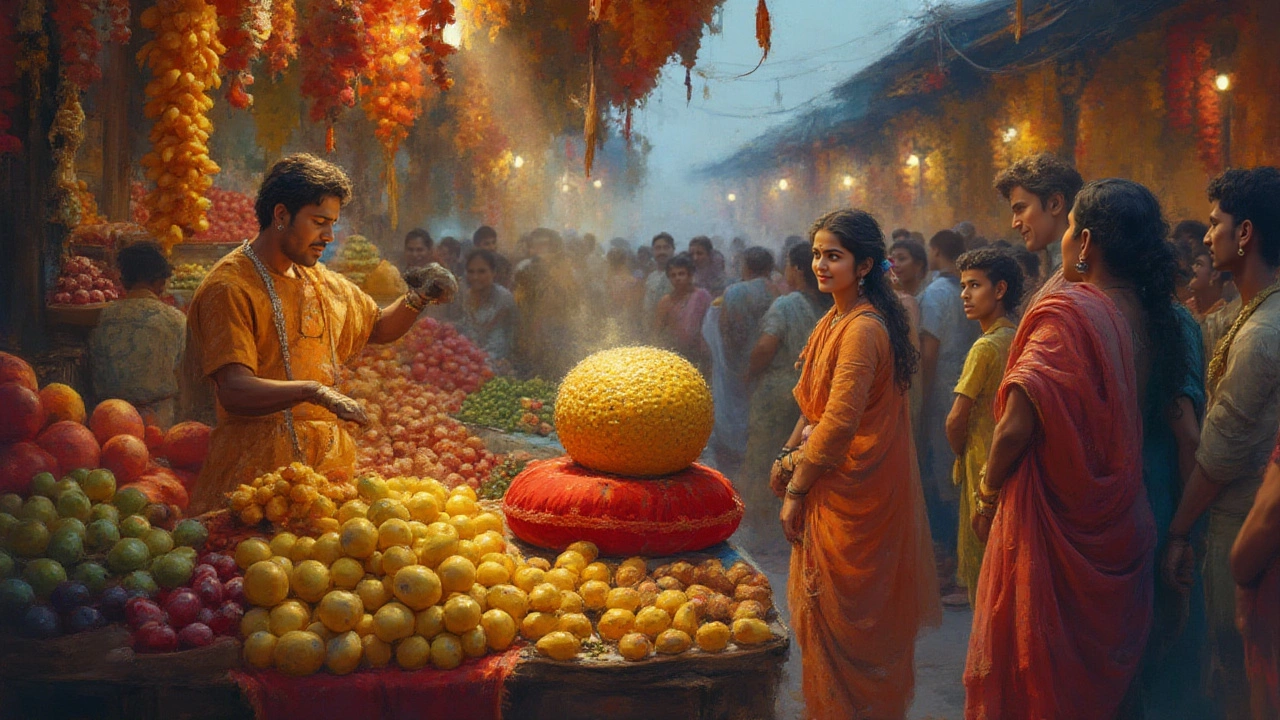Discover which fruit claims the title of costliest in India, why its value is sky-high, and whether it's worth hunting for in the market.
Expensive Indian Fruit: Why Some Fruits Cost More and What You Get for the Price
When you see a box of expensive Indian fruit, rare, high-value fruits grown in specific regions of India with limited supply and high demand. Also known as luxury fruits, these aren't just sweet—they're a story of climate, labor, and scarcity. Why does one mango cost more than a whole bag of apples? It’s not about branding. It’s about how hard it is to grow, how few farms produce it, and how much care goes into every single piece.
Take the Alphonso mango, a premium variety from Maharashtra, known for its rich flavor, minimal fiber, and short harvest window. It’s not just a mango—it’s a seasonal luxury. Farmers hand-pollinate trees, wrap each fruit in paper to protect it from pests, and harvest only when the sugar hits the perfect level. That’s why you pay ₹500 for five fruits. Then there’s the Chikoo from Gujarat, a sweet, brown-skinned fruit that ripens only once a year and spoils fast if not handled right. Or the Kashmiri walnuts, hand-picked from high-altitude trees, cracked open one by one, and shipped with extreme care. These aren’t grown on huge plantations. They’re tended by small families who’ve spent generations perfecting their craft.
What you’re paying for isn’t just taste—it’s time, risk, and tradition. These fruits don’t ship well. They bruise easily. They need cool storage, careful packing, and fast delivery. That’s why you rarely see them in regular markets. They show up in fancy gift boxes, during festivals, or in homes that treat fruit like an art form. And yes, you can grow a mango tree in your backyard, but you won’t get the same fruit. The soil, the altitude, the monsoon timing—it all matters. These fruits are tied to place, not just plant.
Some of the most expensive Indian fruits aren’t even widely known outside their region. The Gondhoraj Lebu, a citrus from Bengal with intense aroma and no commercial scale production, sells for more than imported lemons. The Kashmiri Pomegranate, with seeds so deep red they stain your fingers, costs double because it’s picked by hand and stored in straw-lined baskets. These aren’t gimmicks. They’re the result of centuries of local knowledge meeting modern demand.
There’s no magic formula to make a fruit expensive. It’s a mix of scarcity, effort, and cultural value. And while you might think it’s just a rich person’s indulgence, these fruits keep small farms alive. They pay for irrigation, help families send kids to school, and preserve crop varieties that otherwise would vanish. When you buy one, you’re not just eating fruit—you’re supporting a quiet, fading way of farming.
Below, you’ll find real guides and stories from farmers, gardeners, and buyers who’ve seen these fruits up close. Some explain how to spot a real Alphonso. Others show why a single custard apple can cost more than a whole basket of bananas. You’ll learn what makes these fruits worth the price—and when they’re just overhyped.
